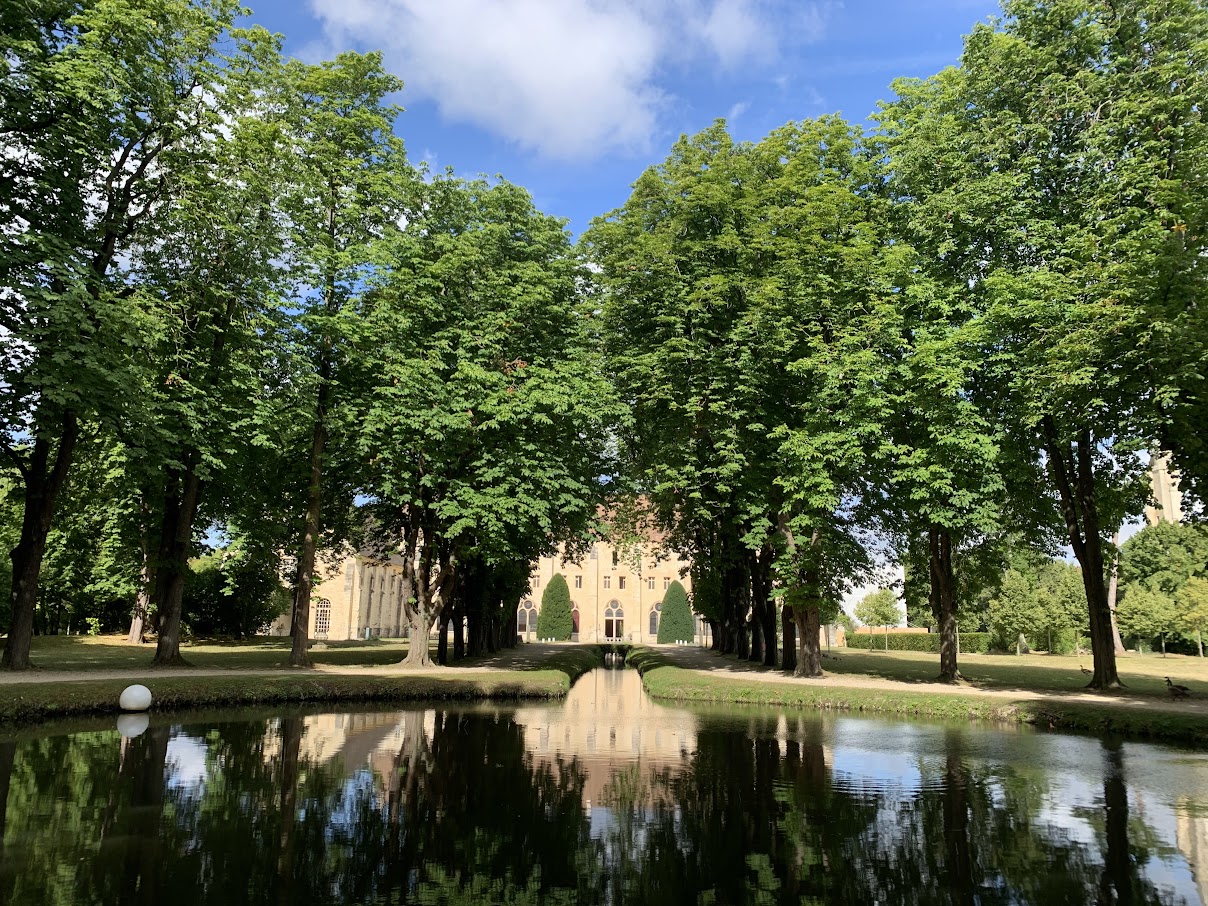As it happens, we’ve been back to the Abbey about 5-6 times throughout this year. The quiet majesty of the abbey never fails to captivate me, and its timeless charm has a comforting familiarity that feels like coming home.
Imagine a place where the echoes of ancient Gregorian chants merge with the rustle of centuries-old manuscripts. Where the stones whisper tales of a time when monks roamed the halls in quiet contemplation, and the air is filled with the timeless pursuit of knowledge and culture. Welcome to the Abbaye de Royaumont, a haven of heritage nestled in the heart of France.
Managed by the Fondation Royaumont, the abbey today stands not just as a testament to the past, but as a beacon for the future of arts and humanities. In this article, we’ll take you on a journey through the hallowed halls of the Abbaye de Royaumont, immersing you in its rich history, its vibrant present, and its promising future.
Practical Informations to Travellers :
- Official Website: https://www.royaumont.com/
- Address : 5 Rte de Chantilly, 95270 Asnières-sur-Oise.
- GPS Coordinates : 49.147842400468946, 2.381831399485235
- On Google Maps : Royaumont Abbey
- Contact Phone: +33680752498
- Opening hours: everyday : 14h-18h. Closed mondays.
- Price : 9 € for adults.

Delving into History: The Abbaye de Royaumont
In the heart of France’s Val-d’Oise department, approximately 30 km north of Paris, nestled amidst tranquil forests and serene waters, stands the Abbaye de Royaumont. An emblem of France’s rich cultural history, the abbey’s story weaves through the tapestry of time, bearing witness to centuries of human endeavor and resilience.
Founded in 1228 under the aegis of Louis IX, the abbey was initially inhabited by a community of Cistercian monks. These men of faith dedicated their lives to spiritual contemplation, scholarly pursuits, and self-sufficient labor. The abbey flourished under their care, its serene halls resonating with the echoes of sacred chants and the rustle of scholarly texts.
However, the peace within these sacred walls was not to last. With the dawn of the French Revolution, the abbey was seized and sold as national property in 1791. The once-hallowed halls, which had resonated with the chants of the monks, were repurposed into a cotton mill. Though the monastic life that once thrived within its walls had ceased, the abbey found new life in the rhythms of industry and labor.
The upheavals of history continued to shape the abbey’s destiny. During the tumultuous years of World War I, the abbey was transformed yet again, this time serving as a voluntary hospital run by Scottish Women’s Hospitals. The once-quiet halls of the abbey were now filled with the echoes of wounded soldiers and the tireless women who nursed them back to health.
In the years that followed, the abbey went through a period of neglect and disrepair. It wasn’t until 1964 that the Goüin family purchased the abbey and established the Fondation Royaumont. Since then, the foundation has worked tirelessly to restore the abbey to its former glory and transform it into a thriving cultural center.
Today, the Abbaye de Royaumont, weathered by the winds of time and shaped by the ebb and flow of history, stands not just as a monument to the past, but also as a testament to the resilience of the human spirit. Its stone walls, etched with tales of triumphs and tribulations, invite us to pause, reflect, and marvel at the enduring power of heritage and culture.
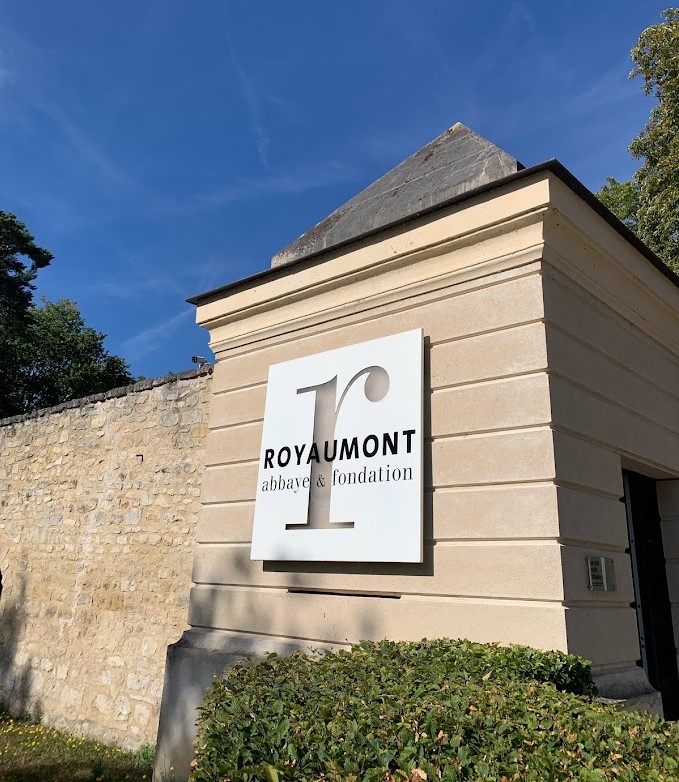
Cultural Renaissance: The International Center for Music and Dance Artists
The Fondation Royaumont’s commitment to fostering arts and culture is perhaps best exemplified by the Centre International pour les Artistes de la Musique et de la Danse. This innovative center, nestled within the abbey’s historic walls, provides a platform for artists from around the world to collaborate, create, and perform. It serves as a testament to the abbey’s enduring role as a beacon of cultural enlightenment, resonating with the harmonious melodies of music and the graceful rhythms of dance.
The Fondation Royaumont’s robust cultural programming brings the abbey’s rooms to life. From concerts that fill the abbey with sublime music to intellectual debates that stimulate thought, every event invites visitors to engage with culture in meaningful ways.
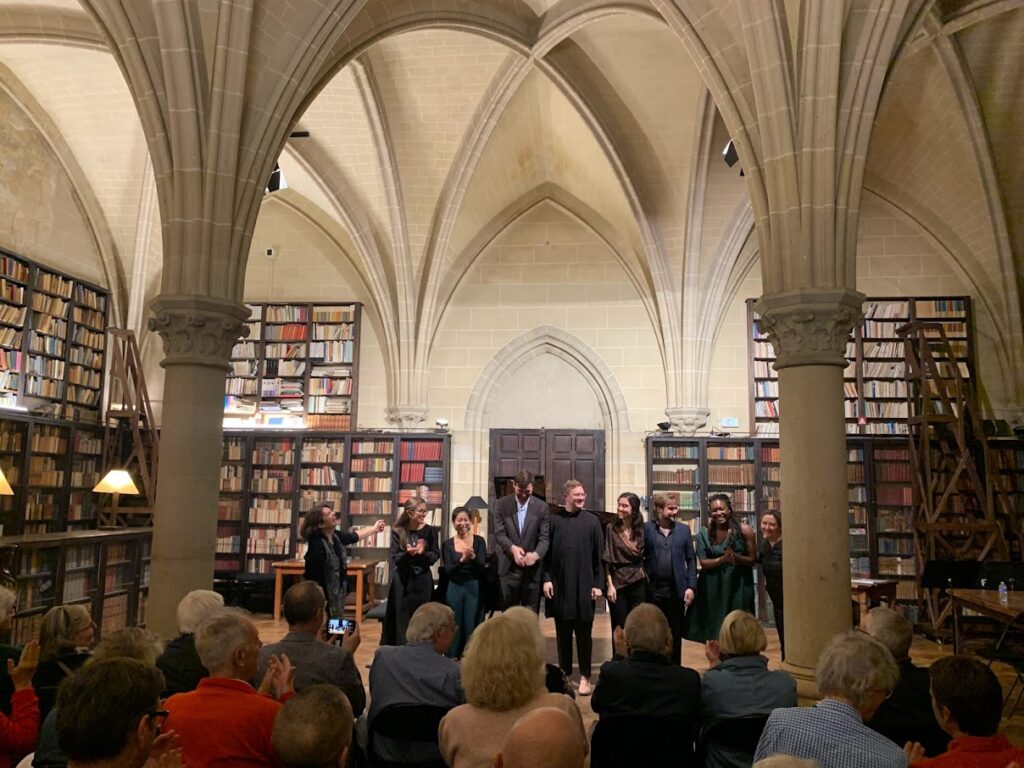
The Abbaye de Royaumont is more than just a remnant of the past, it is a living testament to the power of preservation and the importance of cultural patronage. The Fondation Royaumont’s tireless efforts ensure that the abbey’s legacy continues to inspire and educate future generations. The foundation’s commitment extends beyond the abbey’s physical preservation. Its support of research, its cultivation of the arts, and its encouragement of intellectual discourse are all part of its mission to make the Abbaye de Royaumont a thriving center of cultural enrichment.
What to see in Royaumont Abbey ?
For visitors, the Abbaye de Royaumont offers a wealth of sites to explore, each steeped in history and culture. Here are some key places that you must visit within the abbey:
- The Abbey Church: Although only a fragment of the original church remains, it offers a powerful reminder of the abbey’s religious past. The ruins of the church give you a sense of the grandeur of the original structure.
- The Cloister: This is one of the most well-preserved parts of the abbey. The cloister was traditionally the heart of monastic life, a place of meditation and quiet contemplation. Its beautiful archways and serene atmosphere make it a peaceful retreat.
- The Refectory: This grand dining hall, with its impressive rib-vaulted ceiling, is where the monks would have taken their meals in silence while listening to readings from the scriptures.
- The Monks’ Dormitory: Now restored and transformed into a space for concerts and seminars, the dormitory was once where the monks slept. Its large, open space is a testament to the communal life of the monks.
- The Chapter House: This was where the monks met daily to discuss the business of the monastery. It’s a place that would have been central to the monks’ commitment to communal decision-making and mutual accountability.
- The Gardens: The abbey boasts several beautiful gardens, each with its own unique style and ambiance. From the medieval-inspired “Garden of Nine Squares” to the lush “Park and Water Garden,” these gardens provide a tranquil haven for visitors.
- The Library: The library hosts a rich collection of books and documents, some of which date back to the Middle Ages. It’s a treasure trove for anyone interested in history and research.
- The Centre International pour les Artistes de la Musique et de la Danse: This center, part of the Fondation Royaumont’s commitment to fostering the arts, hosts a variety of performances and artist residencies.
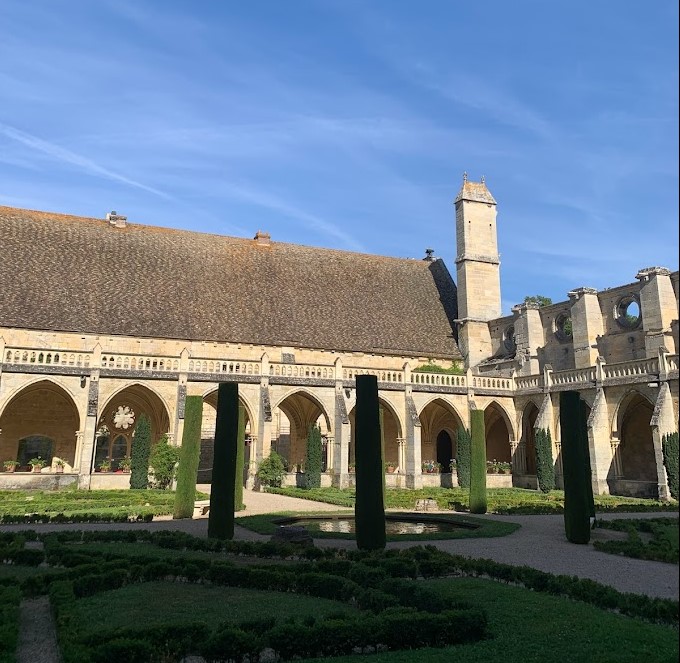
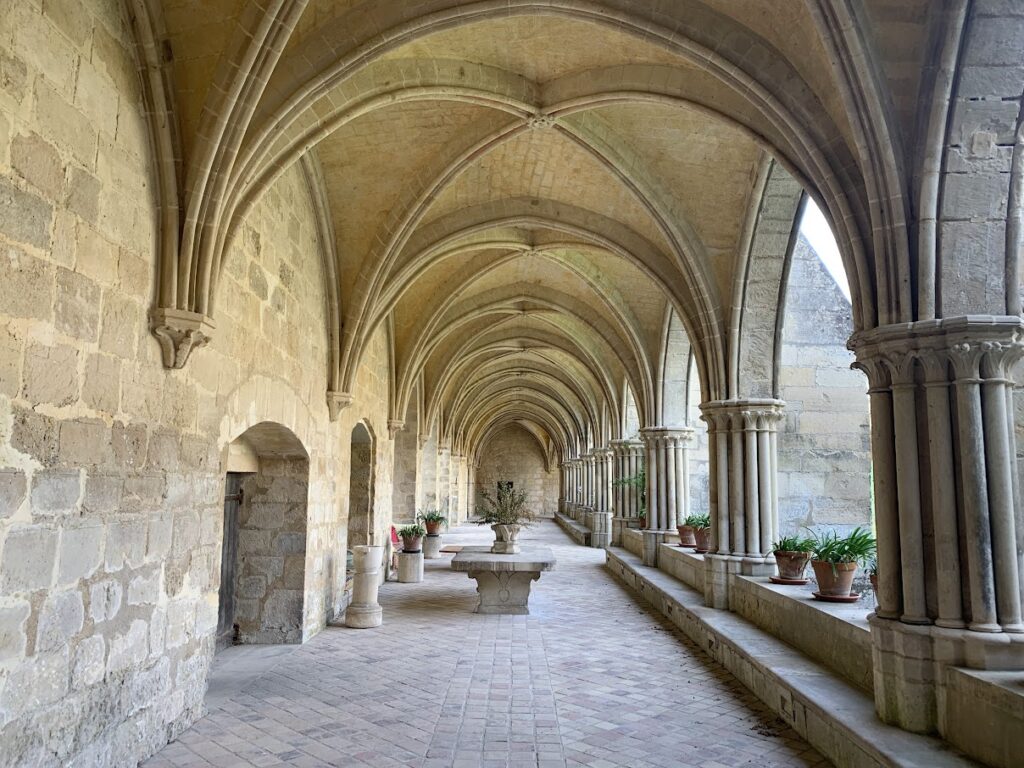
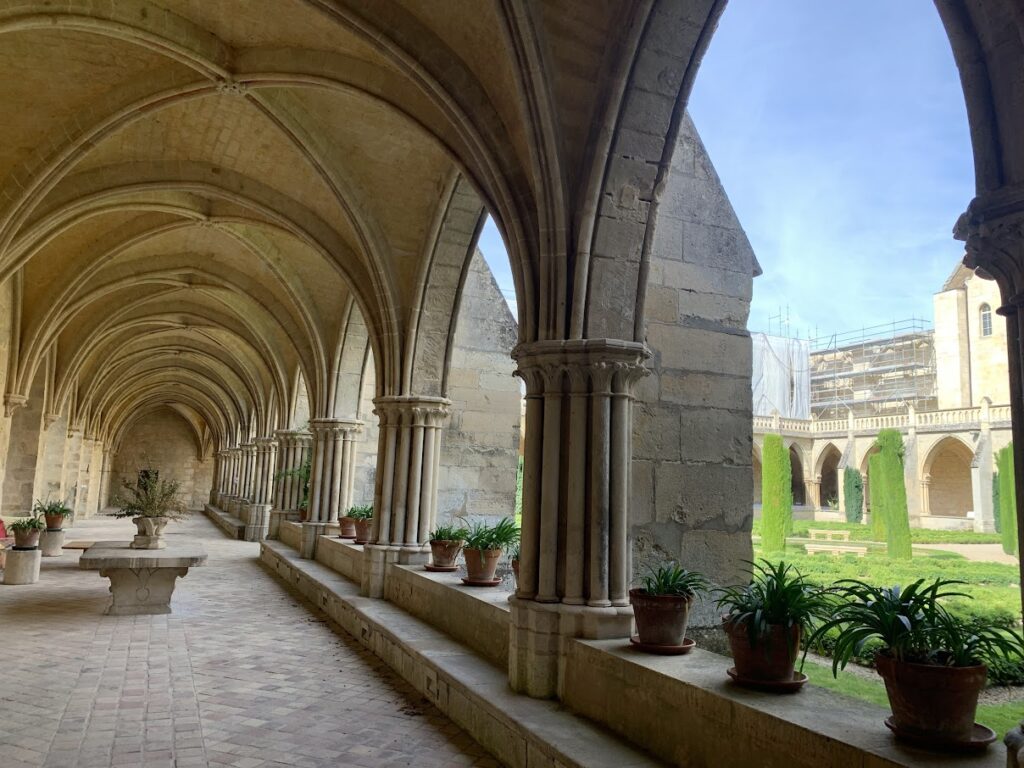
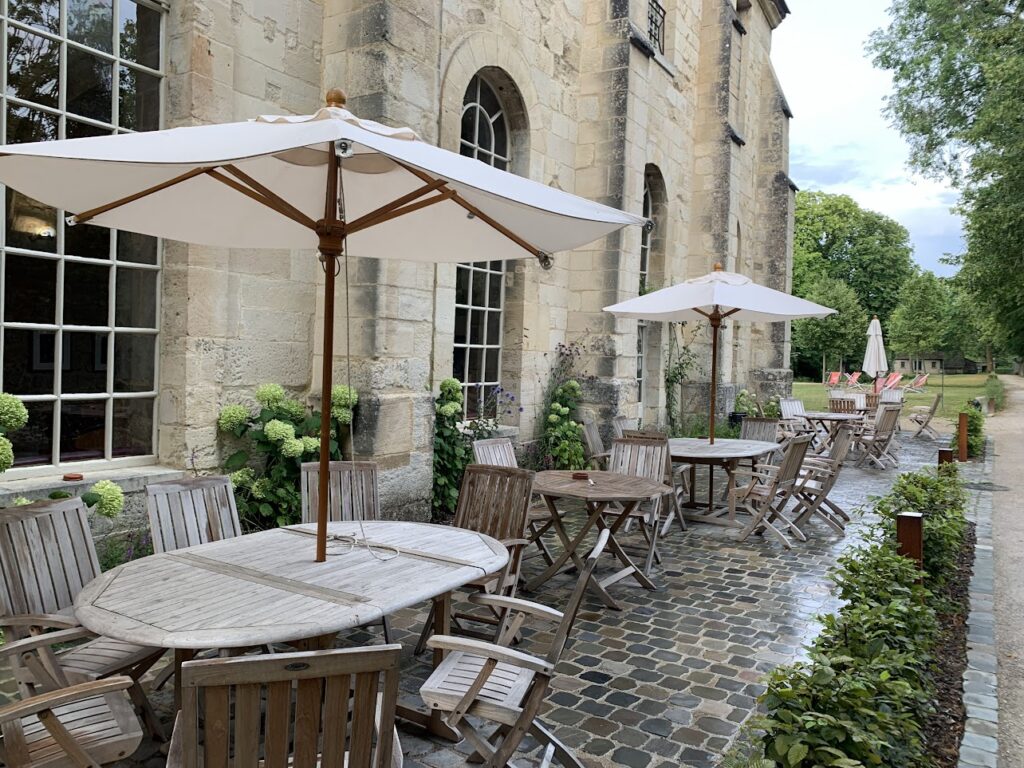
The Abbaye de Royaumont Through My Eyes
As it happens, we’ve been back to the Abbey about 5-6 times throughout this year. The quiet majesty of the abbey never fails to captivate me, and its timeless charm has a comforting familiarity that feels like coming home.
Stepping into the abbey’s tranquil gardens, I feel an immediate sense of peace. Each season brings its own beauty – the vibrant blooms of spring, the lush greenery of summer, the fiery hues of autumn, the stark elegance of winter – and I often find myself lost in the serene rhythm of nature.
The music and dance performances at the Centre International are always a highlight of my visits. The harmonious blend of historical surroundings and contemporary artistry creates an experience that is both unique and profound. Each performance feels like a dialogue between the past and the present, resonating within the abbey’s ancient walls.
But perhaps what draws me back time and again is the sense of continuity that the abbey embodies. Despite the passage of centuries and the changes in society, the Abbaye de Royaumont stands as a testament to human resilience, creativity, and the enduring quest for knowledge and understanding. Each visit feels like a step in a journey that bridges the past, the present, and the future.
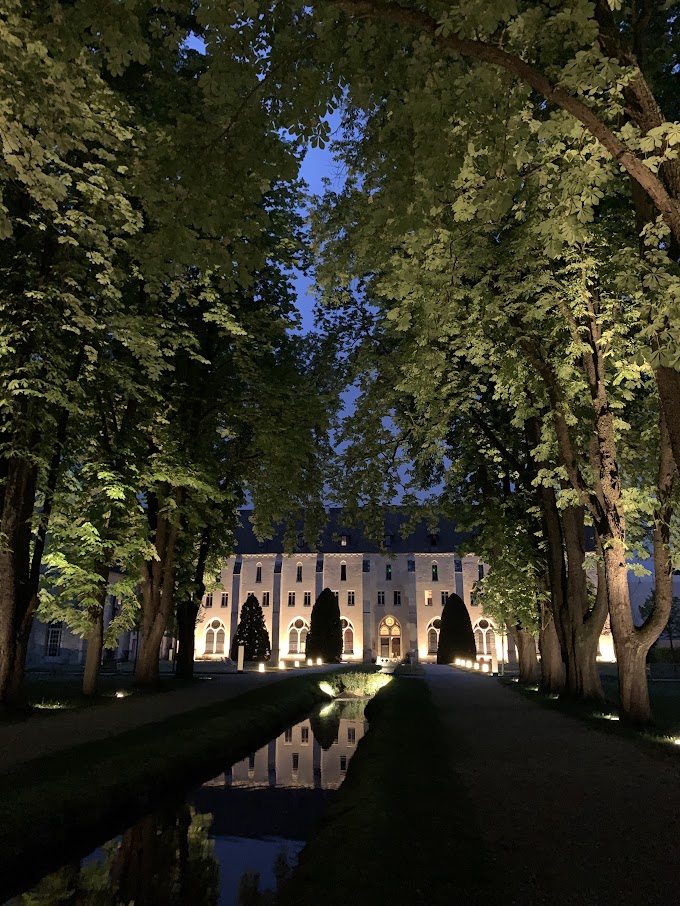
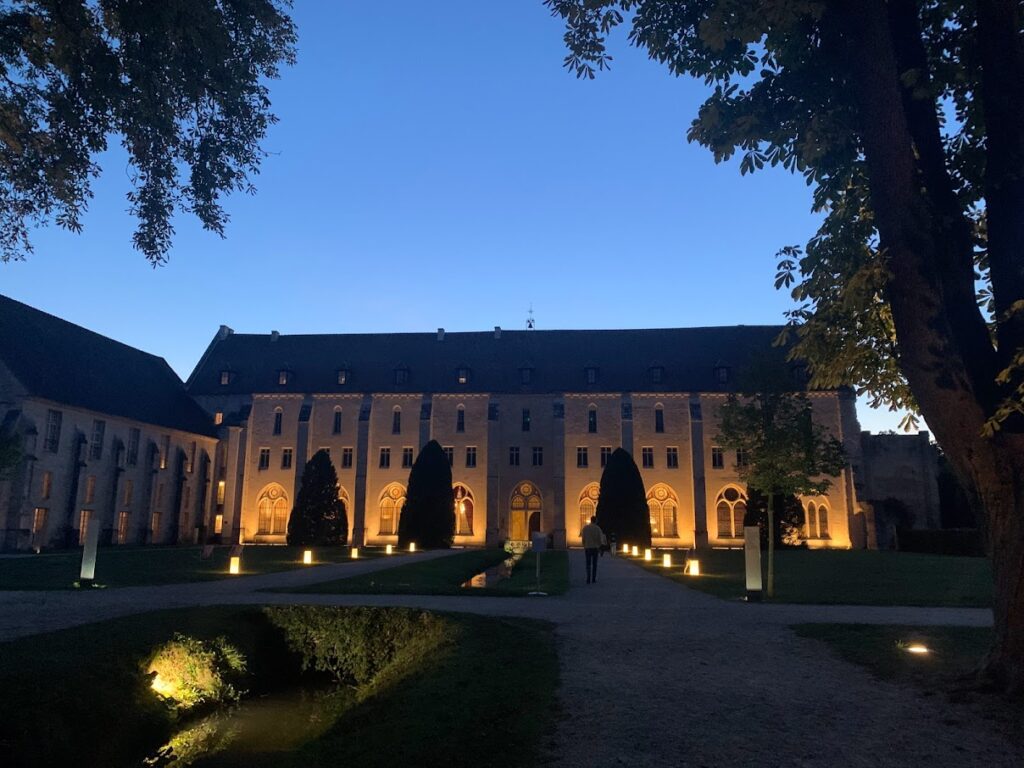
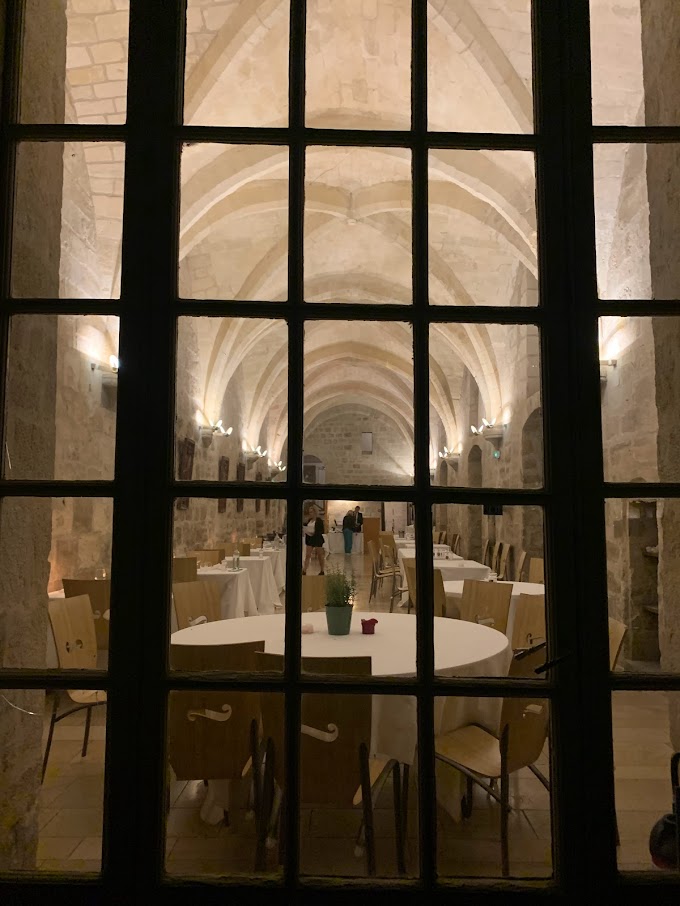
Why Do We Recomment to Visit The Royaumont Abbey ?
The Abbaye de Royaumont invites you to embark on a journey of discovery. It’s a journey that traverses the corridors of history, explores the heights of artistic expression, and engages with the pressing issues of our time. It’s a journey that promises not just the joy of discovery but also the warmth of a shared cultural experience.
1. Immerse Yourself in History: As one of France’s best-preserved medieval Cistercian abbeys, Royaumont offers a unique glimpse into the past. From its founding in the 13th century to its transformation during the French Revolution and World War I, a visit to Royaumont is a journey through centuries of history.
2. Experience Architectural Splendor: The abbey’s stunning architecture is a testament to the artistry and craftsmanship of the medieval period. Its gothic structures, beautiful gardens, and tranquil ponds offer countless opportunities for exploration and photography.
3. Engage with Arts and Culture: Managed by the Fondation Royaumont, the abbey is a vibrant cultural hub that hosts a variety of artistic and intellectual events, including concerts, dance performances, and seminars.
4. Discover the Centre International pour les Artistes de la Musique et de la Danse: This innovative center within the abbey provides a platform for artists from around the world to collaborate, create, and perform, adding a contemporary artistic dimension to the historic setting.
5. Enjoy the Natural Beauty: Nestled in a protected natural site, the abbey is surrounded by a serene landscape that’s perfect for leisurely walks and picnics. The garden, in particular, is a botanical haven, boasting a variety of plant species and beautiful layout.
6. Learn and Reflect: The abbey’s rich past and present make it an ideal place for learning and reflection. Whether you’re interested in history, architecture, arts, or simply wish to reflect on the passage of time in a peaceful setting, Royaumont provides a unique and enriching experience.
7. Family-Friendly: With its wide-open spaces, interactive exhibits, and a variety of cultural events, the abbey is a great destination for families. Children can learn about history and culture in an engaging, hands-on way.
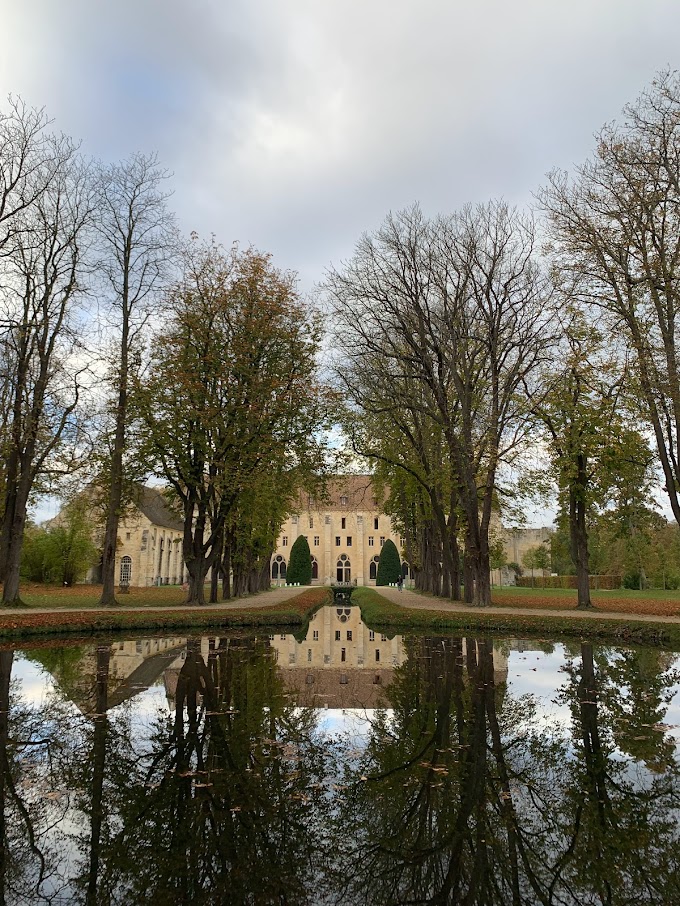
So, as you plan your next trip to France, consider adding the Abbaye de Royaumont to your itinerary. Whether you’re a history enthusiast, a lover of the arts, or simply a curious traveler, the Abbaye de Royaumont promises a memorable experience. Discover the past, engage with the present, and be a part of the abbey’s future. After all, the story of the Abbaye de Royaumont is still being written, and you’re invited to be a part of it.

